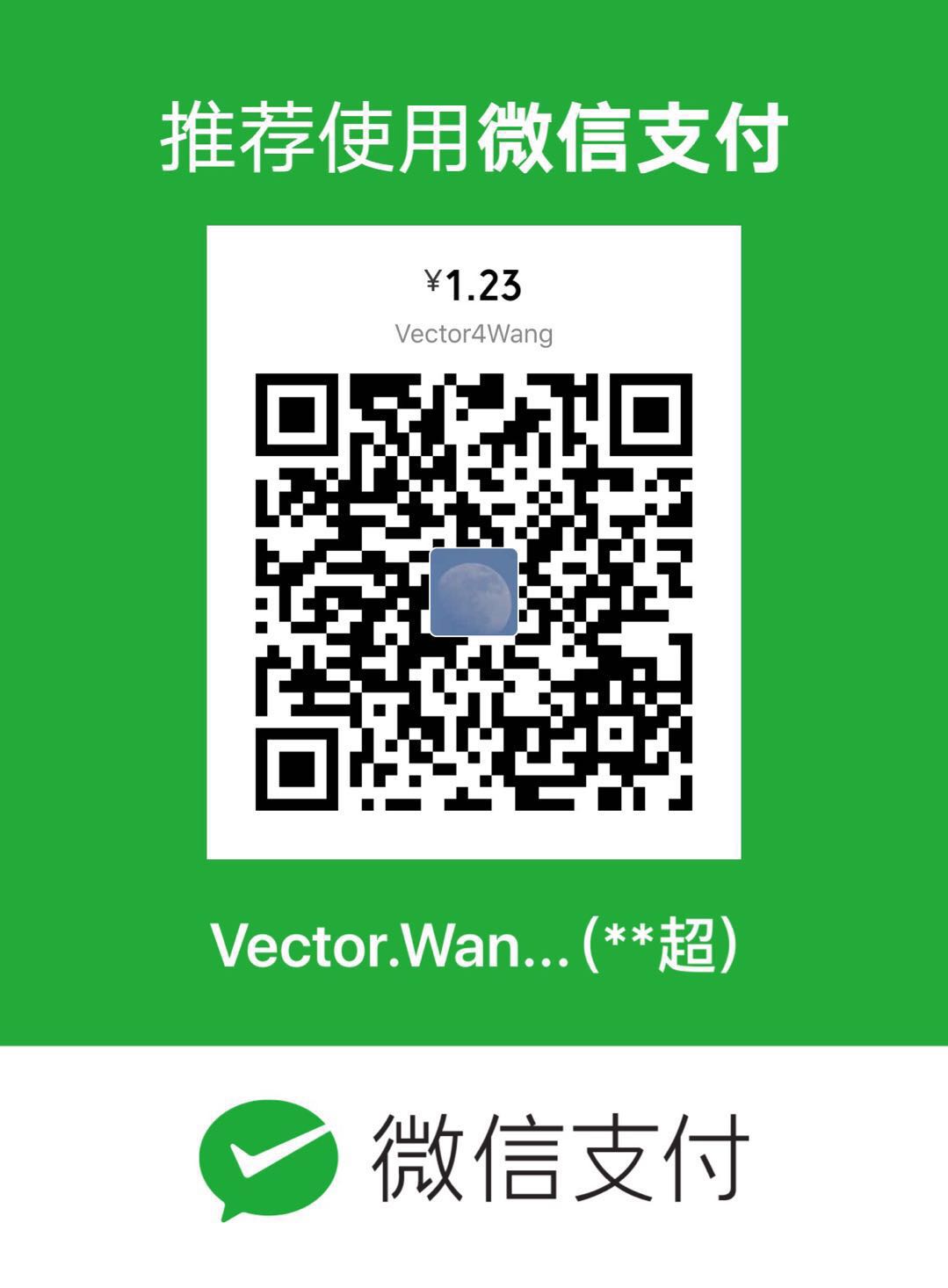使用Swagger来规范并自动化你的API文档
前言
今天我需要把之前写的接口整理成文档,老大给了意见用swagger搞,我像发现新大陆一样的兴奋,迫不及待得去“占有”它。
Swagger很容易上手,我花了十几分钟就搞定了。正好接着之前的如何优雅的格式化接口,这里再说一下SpringBoot整合Swagger的简单过程吧
Swagger介绍
每每get新的技能想分享的时候,按照套路来讲,需要有一个版块将该技能的“前世今生”介绍个遍,但就我接触到完成配置不超过半小时,我觉得让我完完整整的介绍有点太虚了,所以,最好的介绍就是下面的官网
http://swagger.io/
http://swagger.io/irc/ 这个是实时聊天室,刚刚和老外沟通了一番“how are you?fine thk you.and you?”
https://github.com/swagger-api/swagger-core/wiki/Annotations#apimodel 这个是一些注解的api
Swagger有三个模块
- Swagger Editor
- Swagger UI
- Swagger Codegen
我使用的是Swagger UI,我个人的理解就是“使用Swagger相关的注解并启动服务后,就可以在对应的页面查看API并测试”,先看一下最终的界面

接口描述、参数类型、返回示例在线调试都给你搞定了。你还在犹豫什么,赶快checkou代码,试一试吧
整合
我接着之前的代码的写(可以在我的GitHub上浏览,或者直接clone到本地再切换到api-norms分支),这里要说一下,使用Springboot整合Swagger贼JB简单,相比较而言,SpringMVC就比较复杂了,这里暂且不谈(以后可能也不会谈了,自从我使用了Springboot之后,就已经开始抛弃SpringMVC了)
maven依赖
老规矩上配置
1 | <dependency> |
添加Swagger注解
在Application上直接添加@EnableSwagger2,注意版本,官网上的版本还没有更新到最新的,最新的在Github上看,配置后的代码
1 | import org.springframework.boot.SpringApplication; |
可以了,接下来就是描述接口的注解了!在Controller层,做如下配置
1 | package com.quick.api; |
我只是在原来的基础上添加了下面注解
| 名称 | 解释 |
|---|---|
| @Api() | 将类标记为一种Swagger资源。 |
| @ApiOperation() | 描述针对特定路径的操作或通常是 http 方法。 |
| @ApiImplicitParams | 允许多个 ApiImplicitParam 对象列表的包装。 |
| @ApiImplicitParam | 表示 api 操作中的单个参数。 |
| @ApiResponses | 允许多个 ApiResponse 对象列表的包装。 |
| @ApiResponse | 描述操作的可能响应。 |
更多的看这里
就这么简单,一个基本而又强大的API文档就整理好了!
启动
正常的启动SpringBoot,你会发现控制台输出了这些内容
1 | 2017-05-03 21:42:52,975 INFO ClassOrApiAnnotationResourceGrouping:100 - Group for method getAddressList was springboot整合swagger2 |
说明Swagger已经成功跑起来了,接下来打开浏览器,输入你链接
yourdomain/swagger-ui.html
我的是http://localhost:8080/swagger-ui.html
相信你看了界面并四处点点之后,就会对上面注解的含义有了更进一步的了解~
后记
这里展示的只是Swagger最基本的功能,更多强大的功能如果后面有运用,我会持续更新的。
目前我在看api寻找SwaggerUI输入文件的测试,因为我有个接口需要上传文件,等我搞定,再来分享吧!!


